
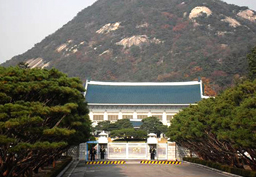
Blue House
Cheong Wa Dae (translation: The House of the Blue Roof Tiles or the Blue House, Office of the President of the Republic of Korea) is the executive office and official residence of the South Korean head of state, the President of the Republic of Korea. Both the English and Korean names refer to the building's blue-green roof. The Korean name has the literal meaning "house of the blue roof tiles." Cheong Wa Dae is in fact a complex of buildings, built largely in the traditional Korean style with some modern elements
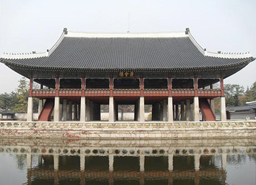
Gyeongbok Palace
Gyeongbok Palace located at the north end of Sejongno Street was first built in 1395 by the founder of the Choson Kingdom. It was burned during the Japanese invasion of 1592, and it was rebuilt in 1868. Kunjongjon, the largest and most impressive building in the palace, served as the throne room and audince hall.
Kyonghoeru, a spacious two-story pavilion, overlooks a picturesque man-made pond just northwest of the throne hall.
It served as a feasting hall for gatherings of royal ministers and diplomats, Hyangwonjong, a secluded pavilion nestled in the middle of a lotus pond at the northern end of the palace complex, is where the royal families could enjoy special private occasions.
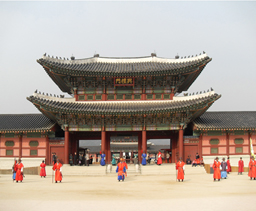
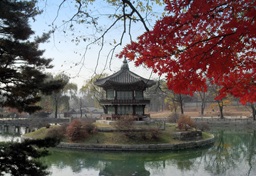
Visitors will be interested in the The National Folk Museum in the Kyongbok Palace
complex. It is located next to the palace and shows the religious rituals, housing, household tools and implements, food, and social dynamics of traditional Korean life.
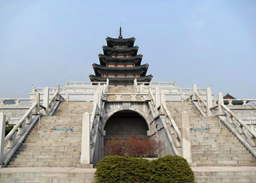
Folklore Museum
This is the one of the finest museum you can see Korean real way of life.
And there are various activities which provides people who want to learn more about the Korean culture.
Closed: Tuesdays and New Year's Day
1st Floor - Exhibition rooms, auditorium, audio-visual folklore room, special exhibition room
2nd Floor - Office, seminar room
3rd Floor - Reference room, folk craft room, office
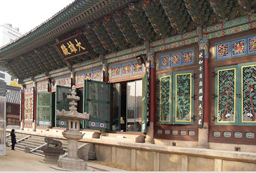
Chogyesa Temple
Jogyesa is the chief temple of the Jogye Order of Korean Buddhism. It thus plays a leading role in the current state of Seon Buddhism in South Korea. The temple was first established in 1395, at the dawn of the Joseon Dynasty; the modern temple was founded in 1910 and initially called "Hwanggaksa." The name was changed to "Taegosa" during the period of Japanese rule, and then to the present name in 1954.
Jogyesa is located in Gyeonji-dong, Jongno-gu, in central Seoul. Natural monument 9, an ancient white pine tree, is located within the temple grounds.
Jogyesa came to the attention of the international news media in December, 1998 due to several monks occupying the temple in a power struggle between factions of the Jogye Order. In the end, riot police were called in to take control of the temple and oust the protestors after they had occupied the building for more than 40 days
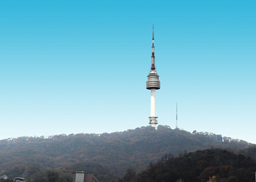
Seoul N Tower
N Seoul Tower is a communication tower located in Seoul, South Korea. Built in 1969, and opened to the public in 1980, the tower measures 236.7 m (777 ft) in height (from the base) and tops out at 479.7 m (1,574 ft) above sea level. It has also been known as the Namsan Tower or Seoul Tower. After the tower's original owner merged with the CJ Corporation, it was renamed the N Seoul Tower (official name CJ Seoul Tower).
Most visitors ride the Namsan cable car up the mountain, and then walk to the tower. The tower features a gift shop and restaurants on the ground floor. Visitors may go up the tower for a fee. There are four observation decks (the 4th observation deck, which is the revolving restaurant, rotates at a rate of one revolution every 48 minutes), as well as gift shops and two restaurants. Most of the city of Seoul can be seen from the top. Close to N Seoul Tower is a second lattice transmission tower.
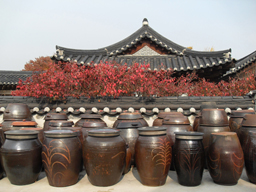
Namsan Hanok Village
It was constructed in 1998, where an army base had been located. The village contains houses of different classes including royal families and the ordinary with their belongings. Calligraphy, Korean traditional music and poetry classes are offered to the public. Moreover, the house of Park Young-Hyo demonstrates a traditional Korean wedding every day. Simply, it's a perfect place for you to experience traditional Korean culture
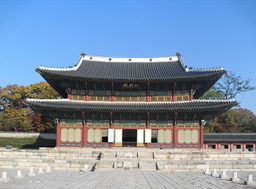
Changdok Palace
Changdok Palace is the best preserved of all seoul's Five remaining Palace. It was originally built as a detached palace of the chosun Kingdom.
Ch'angdok Palace, probably the favorite of most visitors is located east of Kyongbok Palace. It is best known for the Secret Garden, or Piwon composed of 78 acres of gardens superbly landscaped with pavilions, ponds, and wooded areas.
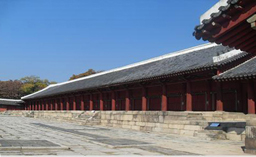
Jongmyo shrine
Jongmyo is a Confucian shrine dedicated to the memorial services for the deceased kings and queens of the Korean Joseon Dynasty. According to UNESCO, the shrine is the oldest royal Confucian shrine preserved and the ritual ceremonies continue a tradition established since the 14th century. Such shrines existed during the Three Kingdoms of Korea period but only the shrines for the rulers of Joseon remain. The Jongmyo Shrine was added to the UNESCO World Heritage list in 1995.
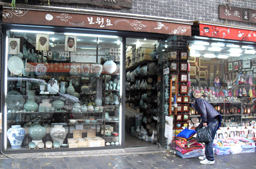
Insa dong antique shop
Insa-dong, a narrow street Subway Lined with antique stores, art galleries, and secondhand book stores, where visitors can wander and browse at leisure.
Dubbed "May's Alley" by foreign residents of Seoul, Insa-dong is the most reliable to purchase antiques and reproductions in the city, particularly the many types of Choson Dynasty chests.
There are also bargains in calligraphy, paintings, and a wide variety of implements and articles from Korea's past
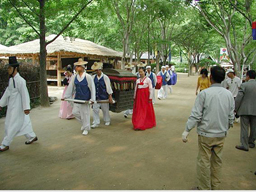
Korean Folk Village
The Korean Folk Village is a living museum that recreates the lifestyle of Choson Kingdom. Here in reconstructed farm houses, residences of the nobility, and other buildings of several centuries ago.
There are potters, weavers, blacksmiths, and other artisans who practice their trades in traditional fashion.
There are also 240 traditional homes and a small amphitheater for music and folk dances. Folk dances, musical performances, and ceremonies like traditional weddings are regularly scheduled in the amphitheater.

Changdok Palace
Changdok Palace is the best preserved of all seoul's Five remaining Palace. It was originally built as a detached palace of the chosun Kingdom.
Ch'angdok Palace, probably the favorite of most visitors is located east of Kyongbok Palace. It is best known for the Secret Garden, or Piwon composed of 78 acres of gardens superbly landscaped with pavilions, ponds, and wooded areas.

Insa dong antique shop
Insa-dong, a narrow street Subway Lined with antique stores, art galleries, and secondhand book stores, where visitors can wander and browse at leisure.
Dubbed "May's Alley" by foreign residents of Seoul, Insa-dong is the most reliable to purchase antiques and reproductions in the city, particularly the many types of Choson Dynasty chests.
There are also bargains in calligraphy, paintings, and a wide variety of implements and articles from Korea's past
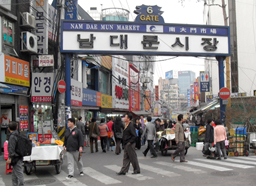
Namdaemun(South gate) Market
Namdaemun market is one of the oldest continually running markets in South Korea, and it is the largest retail market in Seoul.
Much of the market is outside, but there are also many stores which line the streets. Many retailers buy their items, particularly clothing, at wholesale prices at Namdaemun, to resell in their own stores in other cities. Namdaemun is a popular tourist attraction, but most of the customers are Korean.
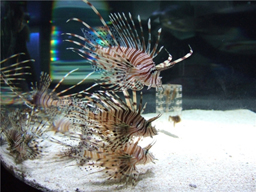
COEX Aquarium
Ocean Theme Park
It is the greatest theme aquarium in Korea, with 2,500 tons of water, and 40,000 marine wildlife of 650 species.The water current will take you on a enjoyable trip of the aquarium.COEX Aquarium's theme is 'Water Journey'.The visitors experience diverse marine life, following the water from a high mountain to the deep sea.The tunnel passes through 2,000 tons of seawater.The automatic walkway takes you through sharks and other precious marine life.
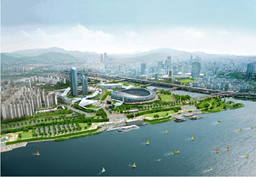
Han River
The Han River is a central part of the city’s landscape along with the parks, apartment complexes, and skyscrapers that line its banks. While the river can be enjoyed many ways from sailing, water skiing, wind surfing, and boating, one of the more popular ways to enjoy the river and its river front areas is a Han River cruise.

